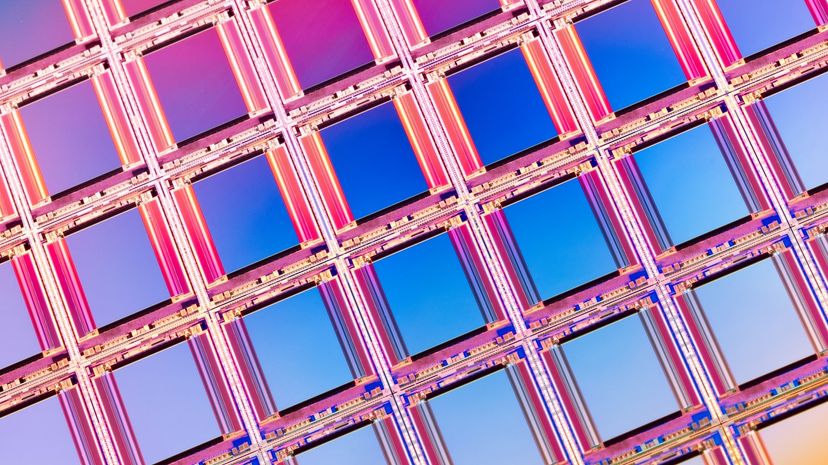
Digital cameras have become extremely common as the prices have come down. The introduction of the CMOS sensor is one of the drivers behind the falling prices. CMOS sensors are much less expensive to manufacture than CCD sensors.
Advertisement

Digital cameras have become extremely common as the prices have come down. The introduction of the CMOS sensor is one of the drivers behind the falling prices. CMOS sensors are much less expensive to manufacture than CCD sensors.
Advertisement
Both CCD (charge-coupled device) and CMOS (complementary metal-oxide semiconductor) image sensors start at the same point — they have to convert light into electrons. If you've read the article How Solar Cells Work, you understand one technology that's used to perform the conversion. One simplified way to think about the sensor used in a digital camera (or camcorder) is to think of it as having a 2-D array of thousands or millions of tiny solar cells, each of which transforms the light from one small portion of the image into electrons. Both CCD and CMOS devices perform this task using a variety of technologies.
Advertisement
The next step is to read the value (accumulated charge) of each cell in the image. In a CCD device, the charge is actually transported across the chip and read at one corner of the array. An analog-to-digital converter turns each pixel's value into a digital value. In most CMOS devices, there are several transistors at each pixel that amplify and move the charge using more traditional wires. The CMOS approach is more flexible because each pixel can be read individually.
Advertisement
CCDs use a special manufacturing process to create the ability to transport charge across the chip without distortion. This process leads to very high-quality sensors in terms of fidelity and light sensitivity. CMOS chips, on the other hand, use traditional manufacturing processes to create the chip — the same processes used to make most microprocessors. Because of the manufacturing differences, there have generally been some noticeable differences between CCD and CMOS sensors.
Based on these differences, you can see that CCDs tend to be used in cameras that focus on high-quality images with lots of pixels and excellent light sensitivity. CMOS sensors traditionally have lower quality, lower resolution and lower sensitivity. CMOS sensors are improving to the point where they reach near parity with CCD devices in some applications. CMOS cameras are usually less expensive and have great battery life.
Advertisement
Please copy/paste the following text to properly cite this HowStuffWorks.com article:
Advertisement